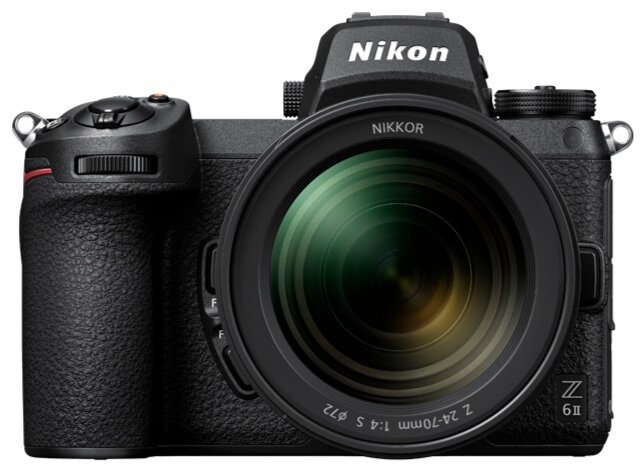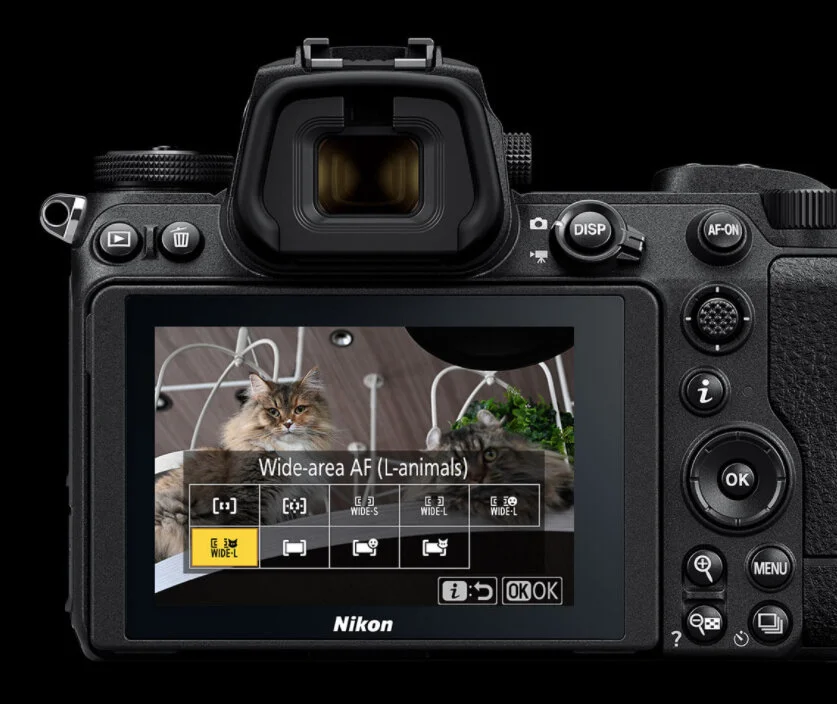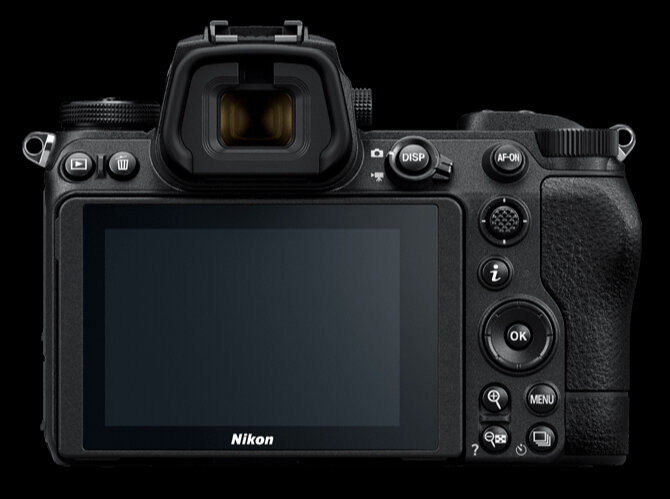A Comparison of the New Z6II and the Z6
Nikon officially unveiled the Nikon Z6II, available for retail in November. Today we want to compare the Z6II to its predecessor, the Z6, which only dropped two years ago.
Both are full-frame mirrorless cameras, but the Z6II is meant to improve on the Z6 with features like dual card slots, 4K/60p video capture, and improved autofocus performance.
The Z6II targets Nikon DSLR users are wanting to upgrade or users wishing to move into the Nikon brand. Most of the Z6II users are not likely to be Z6 owners. Even so, we thought it would be useful to do a comparison of the two models.
Processors
Here we do see the biggest difference and upgrade between the two - in favor of the Z6II. It has two Expeed 6 processors compared to the Z6's one processor, providing double the processing power. The new Mark II version offers improved AF, a deeper buffer, faster write speeds, and higher burst shooting frame rates.
Video
An exciting improvement on the Z6II, and the first of its kind for any Nikon camera, are Eye-Detection and Animal-Detection AF for dogs and cats for stills and video.
Inexplicably, the next video upgrade won't be available until February 2021 via a free firmware update. Z6II will offer 4K/60p recording on the video, increasing from the 6's 4K/30p. However, it's still only an 8-bit internal and 10-bit external recorder over HDMI. No idea why Nikon has decided to do it this way, but the 4K/30p is your only option until they release the update in 2021.
The Z6 II supports Hybrid Log-Gamma (HLG) for immediate playback on HDR displays, while the Z6 does not.
Burst Shooting
The Z6II has a significant improvement over the Z6 in the buffer depth for continuous bursts. The Z6II offers 124 12-bit uncompressed Raw files and 200 large JPEGs compared to the Z6's skimpy 33 Raw files and the 44 JPEGs.
Not as impressive in the Z6II is its continuous shooting capability compared to the Z6. The Z6II can shoot 14fps at its fastest setting in Continuous H (extended) burst shooting mode (continuous AF with exposure locked at first frame). The Z6 can shoot at 12fps. Not much improvement there.
While the Z6 didn't offer Continuous high extended flash mode (CH+), the Z6II does, allowing you to use an external flashgun even if you're shooting at 14fps.
Body
The cameras are identical in design and control layout but differ in size and weight.
The Z6II's body is slightly heavier at 615g compared to the Z6's 585g.
The Z6II is slightly larger at 134 x 100.5 x 69.5mm versus the Z6's 134 x 100.5 x 67.5 mm.
The increased size is probably due to the extra memory card slot and the extra processing unit.
Memory Cards
A big issue with the Z6 was the single memory card slot. Well, Nikon listened and has added a second slot - an SD UHS-II to the CF Express/XQD slot - a much welcome improvement. So the Nikon Z6II offers the original slot (a CF Express / XQD card) and the new addition of the SD UHS-II card slot. You can separate movies from stills, RAW from JPEG, copy files between cards, and configure slots for overflow and backup.
Battery Life
Both cameras can use the latest Nikon battery, the EN-EL 15C, or the older EN-EL 15B variant. (The Z6 does it through a firmware update.) The newer battery allows you to power the cameras by USB while in use. This is especially handy for shooting out in the field as you might with travel or time-lapse photography. It provides for a CIPA-approved lifespan of 340 stills or 100 mins of the video when using the EVF.
MB-N11 Vertical Grip
Another welcome improvement with the Z6II is a new professional-grade battery grip, the MB-N11. It offers vertical controls/grip and the ability to hot-swap batteries without losing any power. The MB-N11 is not fully compatible with the original Z6.
Firmware Updates
The Z6II allows you to do future firmware updates using the Snapbridge app on your smart device.
Little to No Improvement
Viewfinder
There are no improvements when looking through the viewfinder. Both cameras have exactly the same 3.6m-dot electronic viewfinder, with 100% horizontal and vertical coverage, 0.80x magnification, and 21mm eyepoint).
Autofocus
Both cameras offer a 273-point Phase-detect AF system. Both systems are rated for quarter-moonlight. (down to -6EV if paired with an f/2 lens in the Low Light AF mode. So no improvement or difference there.
Sensor
Both Z6s have the same image sensor - a 24.5 megapixel full-frame BSI CMOS sensor with a pixel pitch of 5.94 µm. So there's no difference there.
LCD Screen
No new improvements here. Both cameras have a 3.2-inch rear touchscreen LCD that can tilt 170 degrees with a 2.1-million dot resolution. Both also have a top-plate LCD panel useful for quickly checking key settings, even when the camera is turned off.
ISO Speed
Also, no difference here. Both cameras offer an impressive wide native ISO range from ISO 100 to ISO 51200 (50-204,800 expanded).
Price
The Z6 II comes in at about the same price as its predecessor, with a recommended selling price of $1999 body-only or $2599 with the Z 24-70mm F4 S lens. It will be available beginning November 2020, with the video upgrade available in February 2021 via a free firmware update.
It appears that Nikon will offer both models and not retiring the Z6.
Conclusion
As we've shown above in the comparison, the Z6II has some improvements, some of which are rather significant. Overall, it's not likely to cause any current Z6 users to jump over to it. However, it could be an attractive purchase for some other DSLR users interested in high-speed action shots. It might be attractive to some videographers who find the new 4K/60p mode and Eye and Animal AF sufficiently enticing, even if they need to wait until February for the update.



















